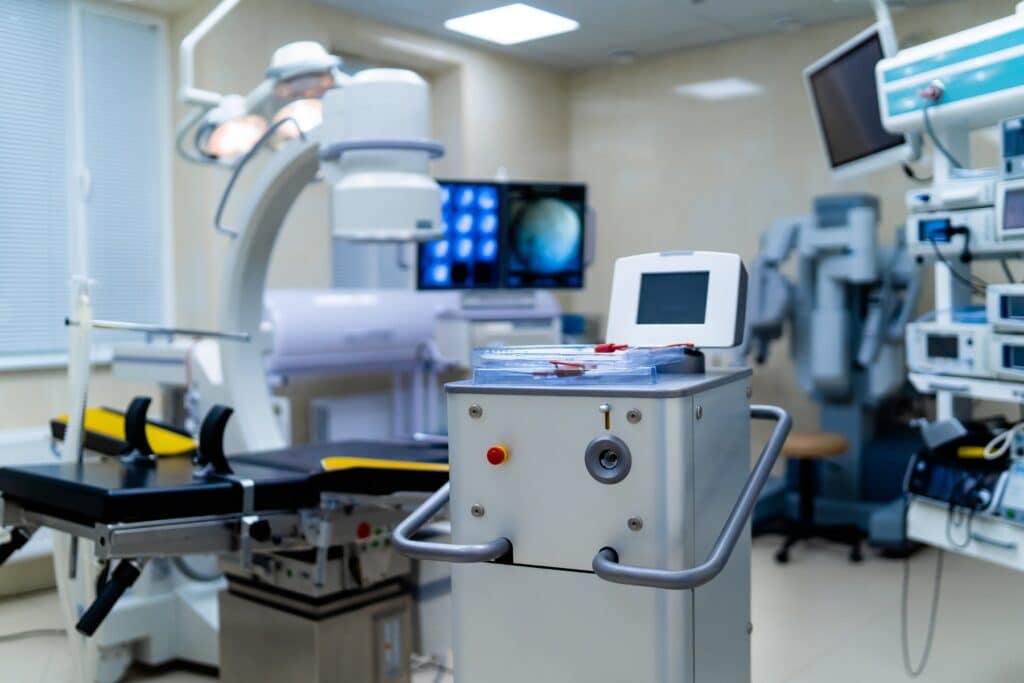The Importance of Medical Device Reprocessing: Ensuring Patient Safety and Cost Efficiency

Medical devices play a critical role in patient care in healthcare settings. However, the cost and environmental impact of single-use devices has led to the emergence of medical device reprocessing. This blog post will delve into its importance and how it contributes to patient safety, cost efficiency, and sustainability in healthcare facilities.
Understanding Medical Device Reprocessing:
Medical device reprocessing involves thoroughly cleaning, disinfection, and sterilizing single-use medical devices for their safe reuse. It reduces the financial burden of purchasing new devices, minimizes medical waste, and promotes environmental sustainability.
Enhancing Patient Safety:
Properly reprocessed medical devices undergo stringent quality control processes to ensure they meet the highest safety and performance standards. Reprocessing allows healthcare facilities to provide patients with reliable, safe, and cost-effective care while minimizing the risk of device-related infections and complications.
Cost Efficiency and Resource Management:
Medical device reprocessing offers significant savings for healthcare facilities. Facilities can reduce procurement expenses and allocate resources to other critical areas by reusing high-quality medical devices. Reprocessing also reduces medical waste disposal costs and contributes to the overall financial sustainability of healthcare organizations.
Regulatory Compliance and Standards:
Reprocessing must adhere to stringent regulatory standards and guidelines. Regulatory bodies, such as the Food and Drug Administration (FDA), provide clear guidelines for reprocessing specific devices. Healthcare facilities should partner with reputable reprocessing companies that comply with these regulations to ensure patient safety and regulatory compliance.
Sustainability and Environmental Stewardship:
Reprocessing is vital in promoting environmental sustainability. By extending the life cycle of devices, healthcare facilities reduce the volume of medical waste generated and the associated carbon footprint. Reprocessing aligns with the principles of circular economy and supports the responsible use of resources.
Education and Training:
Proper education and training are crucial for successfully implementing medical device reprocessing programs. Healthcare professionals should receive comprehensive training on reprocessing protocols, including device selection, cleaning techniques, and quality control measures. Ongoing education ensures staff competency and promotes a culture of patient safety and sustainability.
Conclusion:
Medical device reprocessing is a valuable strategy for healthcare facilities to enhance patient safety, reduce costs, and promote sustainability. By embracing reprocessing initiatives, healthcare organizations can provide quality care while optimizing resources and minimizing environmental impact. Through incorporating proper training, regulatory compliance, and a commitment to patient safety, reprocessing becomes integral to a sustainable and efficient healthcare system.
Reference:
https://amdr.org/


